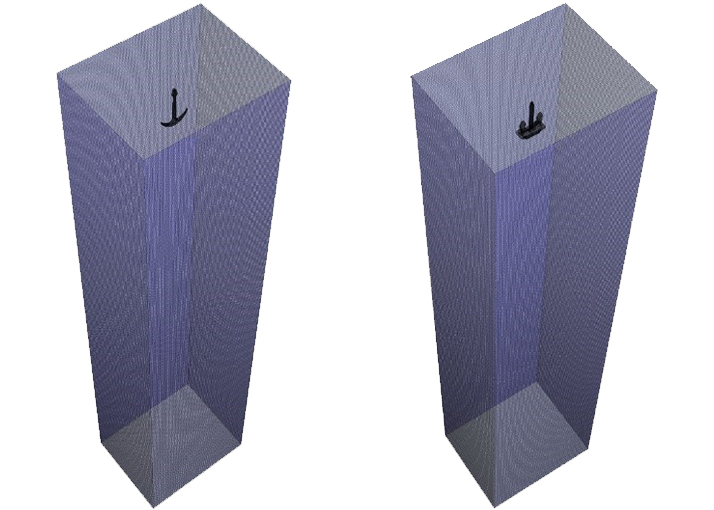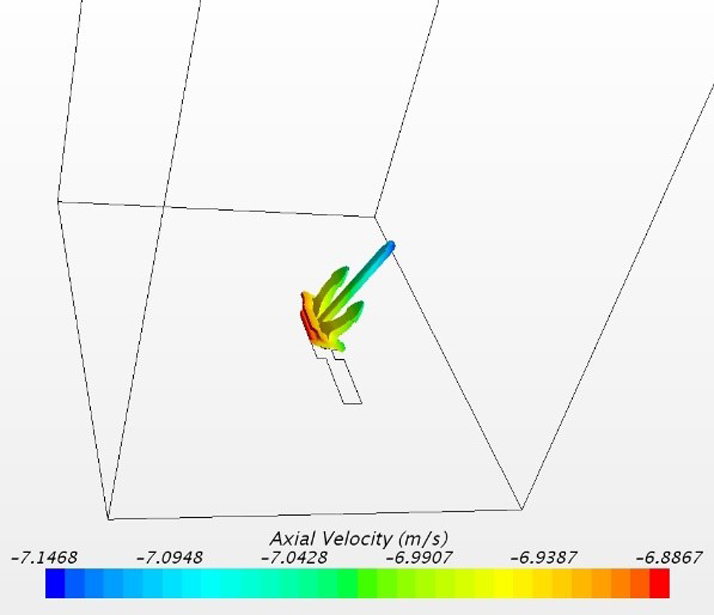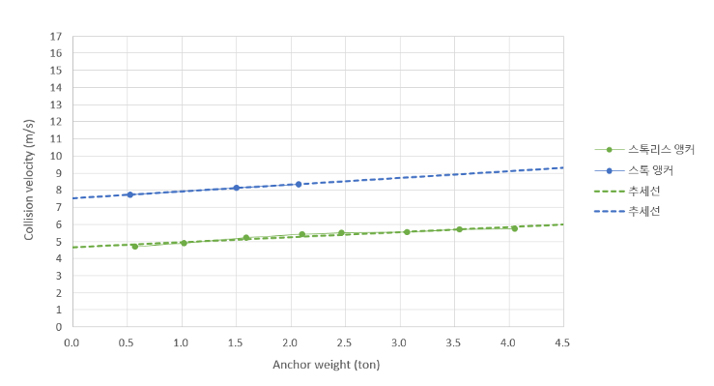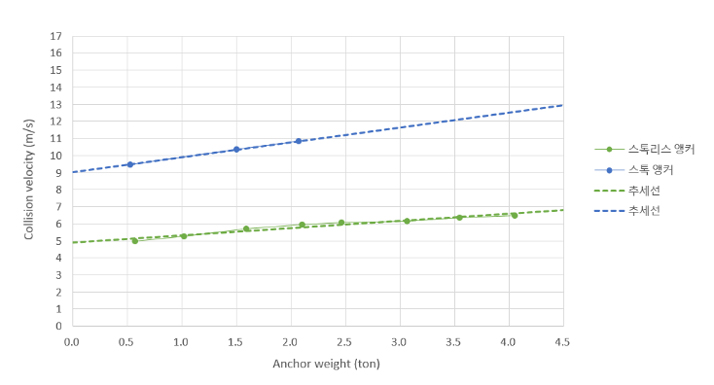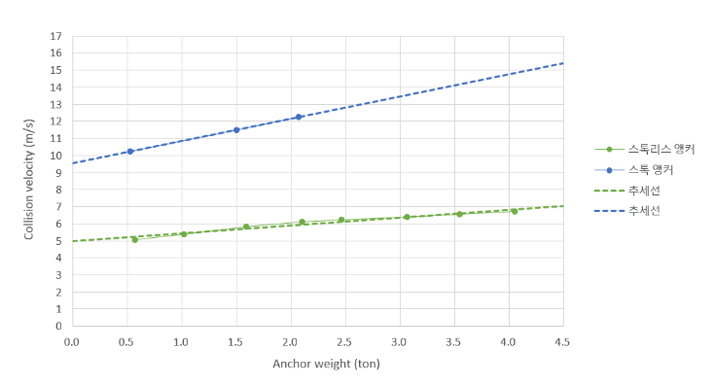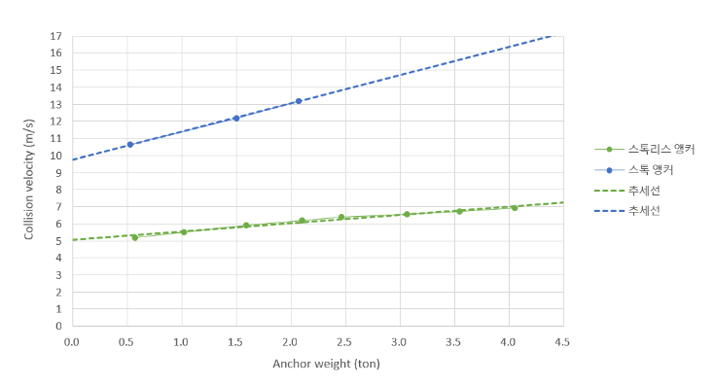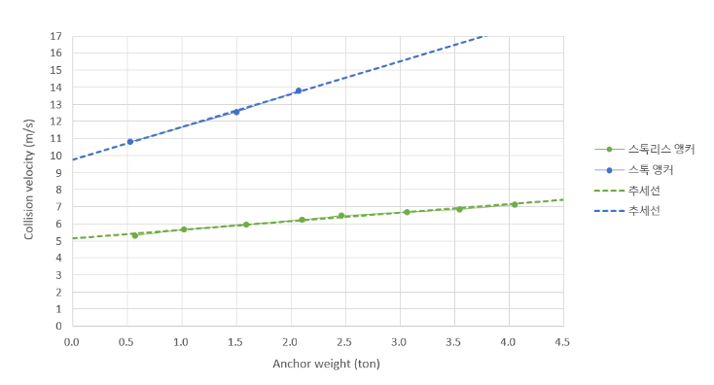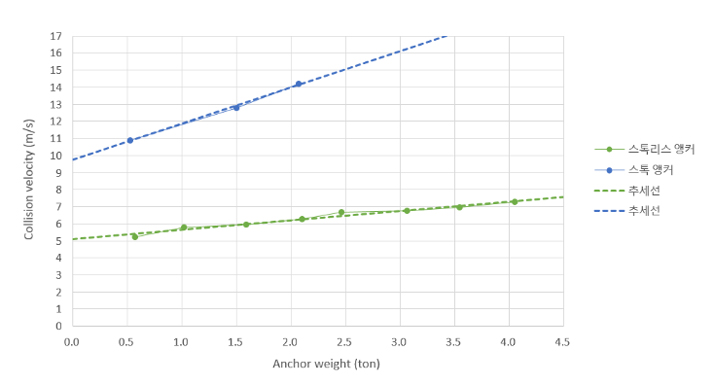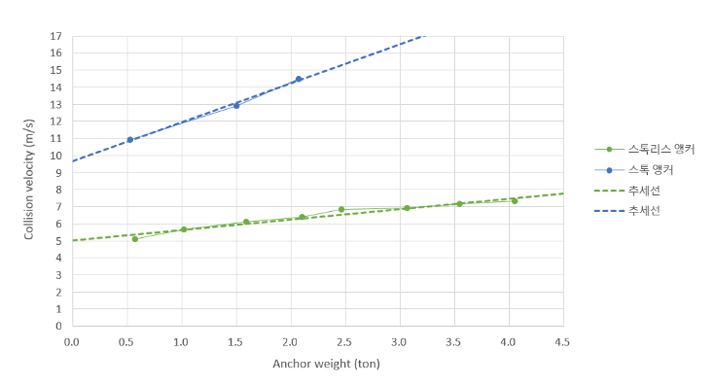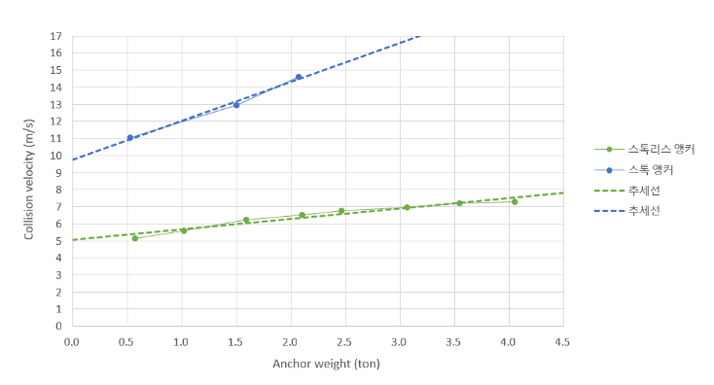 KR Webzine Vol.141
KR Webzine Vol.141
- Dec. 2021
- Nov. 2021
- Oct. 2021
- Sep. 2021
- Aug. 2021
- Jul. 2021
- Jun. 2021
- May. 2021
- Apr. 2021
- Mar. 2021
- Feb. 2021
- Jan. 2021
- Dec. 2020
- Nov. 2020
- Oct. 2020
- Sep. 2020
- Aug. 2020
- Jul. 2020
- Jun. 2020
- May. 2020
- Apr. 2020
- Mar. 2020
- Feb. 2020
- Jan. 2020
- Dec. 2019
- Nov. 2019
- Oct. 2019
- Sep. 2019
- Aug. 2019
- Jul. 2019
- Jun. 2019
- May. 2019
- Apr. 2019
- Mar. 2019
- Feb. 2019
- Jan. 2019
- Dec. 2018
- Nov. 2018
- Oct. 2018
- Sep. 2018
- Aug. 2018
- Jul. 2018
- Jun. 2018
- May. 2018
- Apr. 2018
- Mar. 2018
- Feb. 2018
- Jan. 2018
- Dec. 2017
- Nov. 2017
- Oct. 2017
- Sep. 2017
- Aug. 2017
- Jul. 2017
- Jun. 2017
- May. 2017
- Apr. 2017
- Mar. 2017
- Feb. 2017
- Jan. 2017
- Dec. 2016
- Nov. 2016
- Oct. 2016
- Sep. 2016
- Aug. 2016
- Jul. 2016
- Jun. 2016
- May. 2016
- Apr. 2016
- Mar. 2016
- Feb. 2016
- Jan. 2016
- Dec. 2015
- Nov. 2015
- Oct. 2015
- Sep. 2015
- Aug. 2015
- Jul. 2015
- Jun. 2015
- May. 2015
- Apr. 2015
- Mar. 2015
- Feb. 2015
- Jan. 2015
- Dec. 2014
- Nov. 2014
- Oct. 2014
- Sep. 2014
- Aug. 2014
- Jul. 2014
- Jun. 2014
- May. 2014
- Apr. 2014
- Mar. 2014
- Feb. 2014
- Jan. 2014
- Dec. 2013
- Nov. 2013
- Oct. 2013
- Sep. 2013
- Aug. 2013
- Jul. 2013
- Jun. 2013
- May. 2013
- Apr. 2013
- Mar. 2013
- Jan. 2013
- Dec. 2012
- Nov. 2012
- Oct. 2012
- Sep. 2012
- Aug. 2012
- Jul. 2012
- Jun. 2012
- May. 2012
- Apr. 2012
- Mar. 2012
- Feb. 2012
- Jan. 2012
- Dec. 2011
- Nov. 2011
- Oct. 2011
- Sep. 2011
- Aug. 2011
- Jul. 2011
- Jun. 2011
- May. 2011
- Apr. 2011
- Mar. 2011
- Feb. 2011
- Jan. 2011
- Dec. 2010
- Nov. 2010
- Oct. 2010
- Sep. 2010
- Aug. 2010
- Jul. 2010
- Jun. 2010
- May. 2010
- Apr. 2010
- Mar. 2010
- Feb. 2010
- Jan. 2010
- Dec. 2009
- Nov. 2009
- Oct. 2009
- Sep. 2009
- Aug. 2009
- Jul. 2009
- Jun. 2009
- May. 2009
- Apr. 2009
- Mar. 2009
- Feb. 2009
- Jan. 2009
- Dec. 2008
- Nov. 2008
- Oct. 2008
- Sep. 2008
- Aug. 2008
- Jul. 2008
- Jun. 2008
- May. 2008
- Apr. 2008
- Mar. 2008
- Feb. 2008
11
November 2019
- Survey 2019
-
KR Inside
- Policy Collaboration for the Construction of hydrogen energy ports
- KR-Samsung Heavy Industries-POSCO-DHI sign agreement to develop high manganese austenitic steel LNG tanks
- KR and Korean Navy Military Police Corps agree to cooperate on naval accident investigation
- KR Maritime Cyber Security Newsletter
- Bespoke Technical Seminars for Clients
- KR Survey Site News
- KR R&D Trends
-
Technical News
- FAQ for Ballast Water Treatment System (BWTS) installation and operation
- Notice for Amendments to the KR Technical Rules
- Advance notice on the establishment of the Classification Technical Rules (Guidance for High Manganese Austenitic Steel)
- Commissioning testing of BWMS and miscellaneous requirements for Panama flagged ships
- Port state control detentions
The main factors affecting the impact load for submarine cable protection, are anchor mass and impact velocity. The impact velocity is determined by the mass of the anchor, the depth of the sea area, and the terminal velocity of the anchor. The terminal velocity of the anchor is determined by the drag coefficient depending on the anchor's mass and anchor shape.

▲Figure 1. Factors affecting impact load for submarine cable protection
In this study, a parametric analysis of the sea depth, anchor type and mass was proposed in order to improve the design of submarine cable protection, by understanding the appropriate impact velocity of a target anchor and the characteristics of the sea area in the field survey.
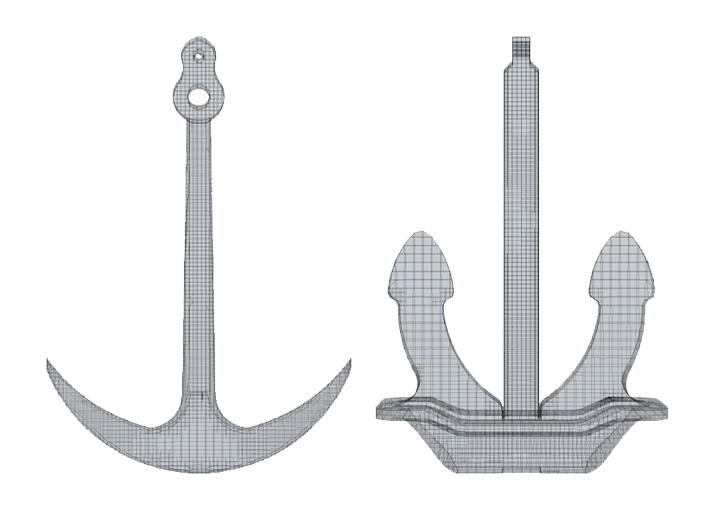
▲Figure 2. Anchor models
|
|
|
▲Figure 3. Numerical simulation for underwater drop of anchors (ex, 2ton class anchors)
Table 1. Anchor mass for parametric study (ton)
|
Anchor type |
0.5
|
1
|
1.5
|
2
|
2.5
|
3
|
3.5
|
4 |
|
Stock |
0.525 |
1.045 |
1.500 |
2.070 |
N/A |
|||
|
Stockless |
0.570 |
1.020 |
1.590 |
2.100 |
2.460 |
3.060 |
3.540 |
4.050 |
|
* Anchor mass : Applied values of Korean Standards Association's standard (SPS-KSA0127- V3311-5978) |
||||||||
|
Impact velocity at sea depth of 5m |
Impact velocity at sea depth of 10m
|
|
Impact velocity at sea depth of 15m |
Impact velocity at sea depth of 20m |
|
Impact velocity at sea depth of 25m |
Impact velocity at sea depth of 30m |
|
Impact velocity at sea depth of 35m |
Impact velocity at sea depth of 40m |
▲Figure 4. Results of parametric study
Due to the characteristics of anchor shapes, stockless anchors with higher drag coefficients showed lower impact velocities at the same depth as the stock anchors, and because of the high drag from the low depth, the change in impact velocity was not significant at depths above 5m.
On the other hand, in the case of the stock anchor, the sensitivity of impact velocity according to the sea depth was large, and the sensitivity increased as the weight of the anchor increased. However, the stock anchor did not show much change in impact velocity after about 20m of sea depth due to the increase of drag.
Depending on the sea depth and the major anchor type of the target area, the impact velocity for the impact analysis can be estimated with reference to the graph shown above.


